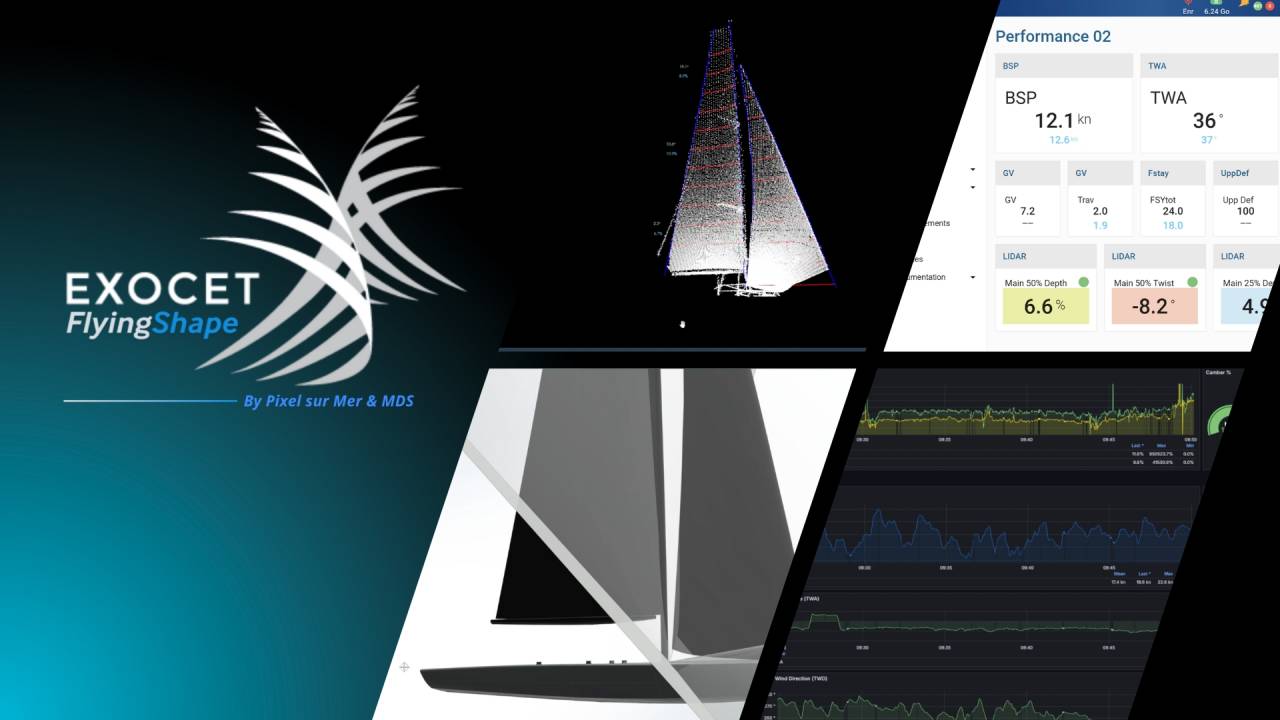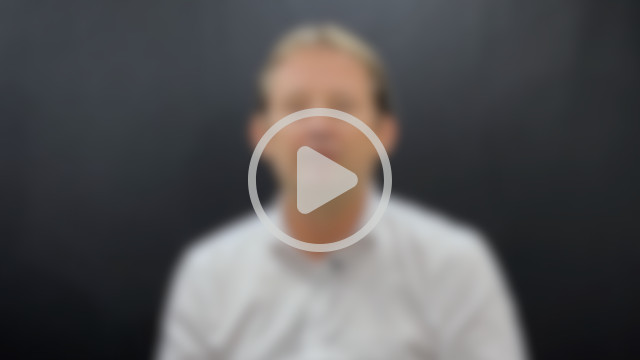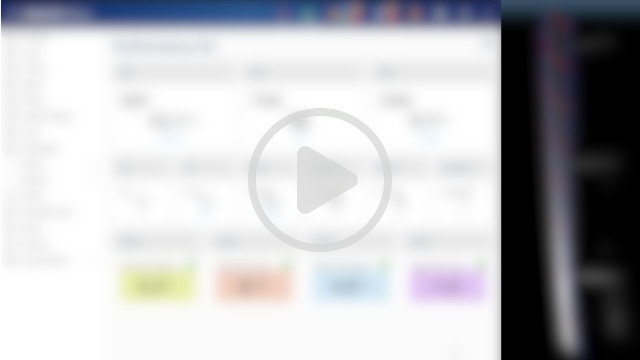Through these videos, we share the origins of the project, the vision that guided its development, and the ambitions behind it. The mini-series reveals how the technology works, how it is installed onboard, and the dashboards and interfaces that come with it. It also shows what the user actually sees while sailing, and how Exocet FlyingShape opens new perspectives for wind-powered performance.
THE EPISODES
Episode 1 - Vision & intentions
Thanks to LiDAR technology, we can now reveal details that were previously out of reach: the real shape of sails, under load, in real time.
In this episode, Benjamin Muyl, CEO of MDS, and Jean-François Cuzon, CEO of Pixel sur Mer, share the origins of Exocet FlyingShape: a solution designed to go beyond intuition—to provide reliable data and deliver an accurate view of the sail in real sailing conditions.
- A technology that transforms the way sails are trimmed, designed, and optimized.
- A bridge between competitive sailing, advanced engineering, and new possibilities for wind-assisted navigation.
Épisode 2 - Origins et ambitions
Behind every innovation lies a problem worth solving.
For years, sailors and engineers relied on intuition, experience, and partial measurements to understand the true behavior of a sail.
In this second episode, Jean-François Cuzon shares his perspective on the origins of Exocet FlyingShape, a project born from the collaboration between Pixel sur Mer and MDS:
- the problem we set out to solve,
- the ambition behind this technology,
- and the vision guiding its development.
Thanks to advances in LiDAR technology, it is now possible to measure the shape of sails in real time, paving the way for a new approach to understanding, trimming, and optimizing wind propulsion.
Épisode 3 - At the heart of the technology
In this third episode, we explore how Exocet FlyingShape works: system installation, data flow, and 3D reconstruction of the sail.
Loughlin Dudley, co-founder of MDS, shares the engineering choices that make Exocet FlyingShape both powerful and easy to use on board.
From the placement of LiDAR sensors on deck, to data integration into a navigation unit like Exocet Blue, and the real-time visualization of the point cloud revealing the sail in full detail, each step transforms LiDAR scans into actionable insights for sailors, designers, and engineers.



